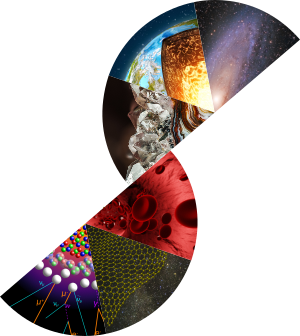Ultra-relativistic heavy ion collisions that occured at the Large Hadron Collider (LHC) at CERN give the extreme conditions of temperature and density allowing to study the properties of the Quark Gluon Plasma (QGP), a deconfined state of the nuclear matter predicted by the Quantum Chromodynamics (QCD). Heavy quarks charm and beauty are produced in the first moments of a heavy ion collision. The study of the bound states ccbar and bbbar, a.k.a. quarkonia allows a better understanding of the properties of the QGP and its evolution during the collision. Quarkonia are sensitive to the temperature of the medium. If a certain temperature is reached, the quark-antiquark pair will be dissolved, this is the phenomena of suppression. Measurements done during the Run 1 and Run 2 of the LHC [1] gave new informations on the suppression and production mechanisms of the quarkonia. However the measurements showed that the suppression of the J/psi meson is weaker than at RHIC despite a higher center of mass energy. In fact, the number of charmed quarks produced per collision at the LHC is so important that a statistical combination can occure, this is the phenomena of regeneration and can explain why the suppression is weaker for the J/psi at LHC.
For the moment, those measurements does not bring enough constraints on the theoritical models because only the inclusive J/psi was studied. With the recent installation of the Muon Forward Tracker (MFT)[2] for the LHC Run 3, which started in July 2022, the ALICE Muon spectrometer should be able to separate the prompt J/psi that is produced directly during the collision from the non-prompt J/psi that is the decay product of a B hadron. To be able to separate those two contributions is an important step in the understanding of the production and interaction mechanisms of the quarkonia with the QGP.
The objective of my thesis is to study the production of charmonia (ccbar bound states) in pp collisions in the muon channel at forward rapidity with the ALICE Muon spectrometer and the MFT. After a brief introduction of the physics context and of the experiment, I present my work on the preparation of the analysis in view to separate the prompt and non-prompt J/psi.
References
[1] The ALICE collaboration., Acharya, S., Adamová, D. et al. Studies of J/ψ production at forward rapidity in Pb–Pb collisions at

 PDF version
PDF version
